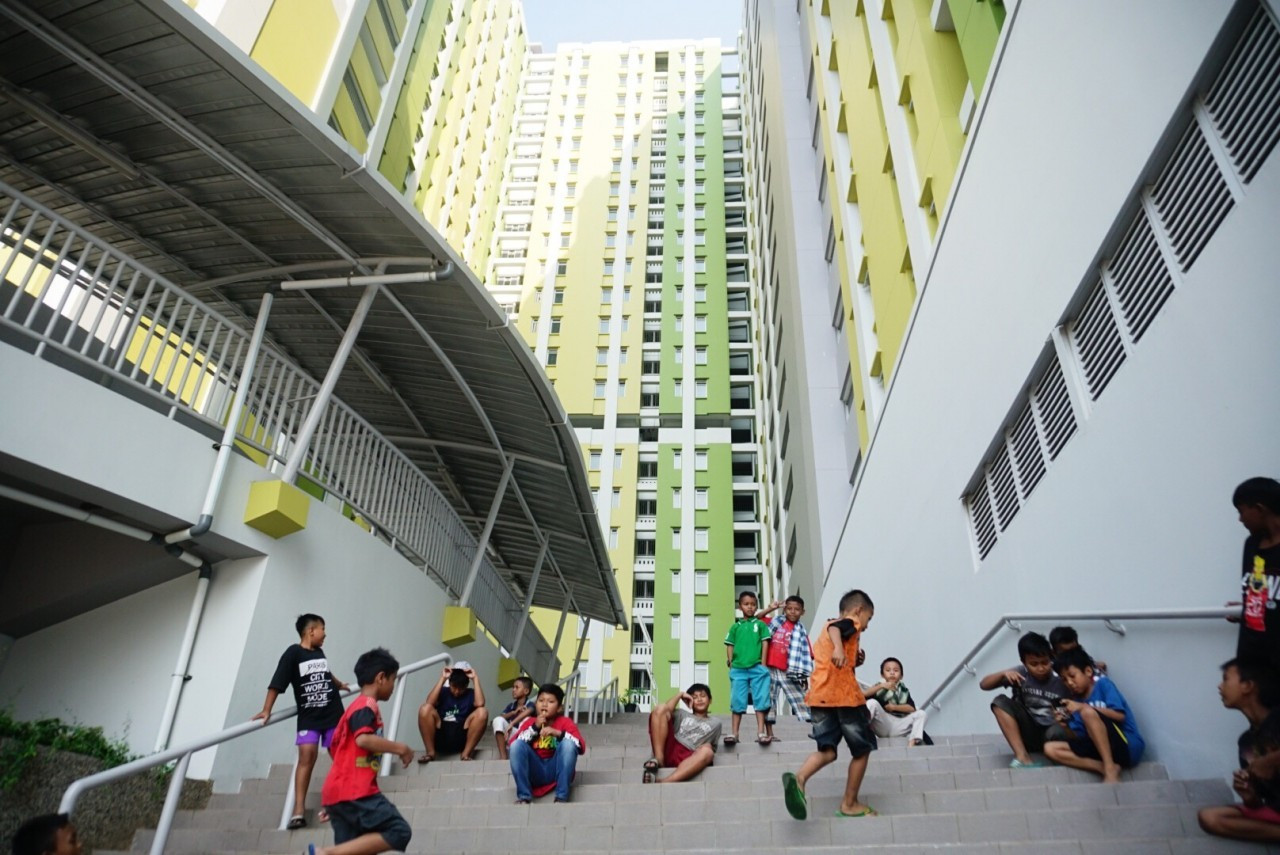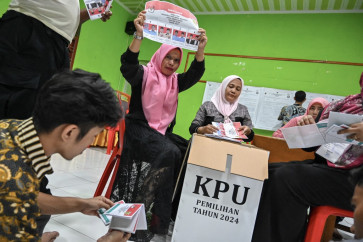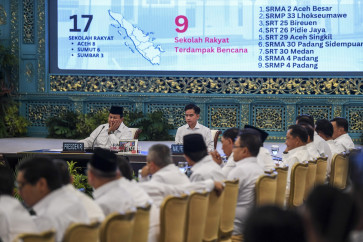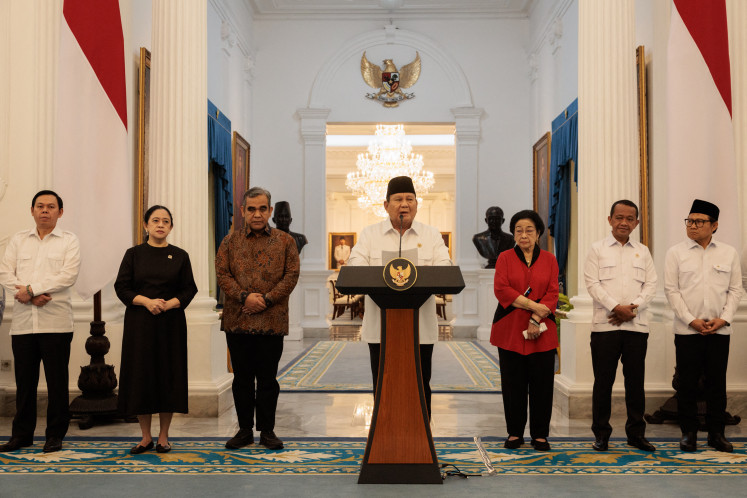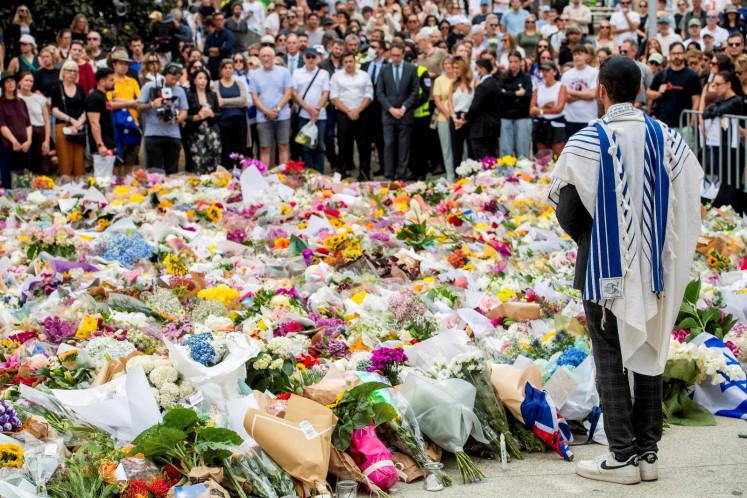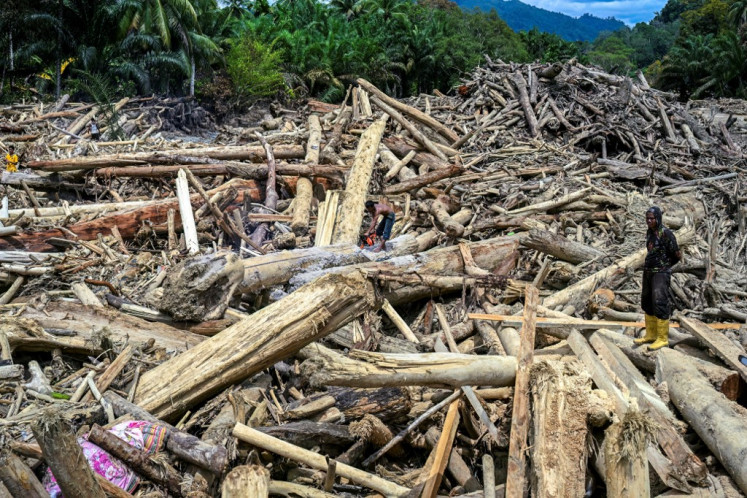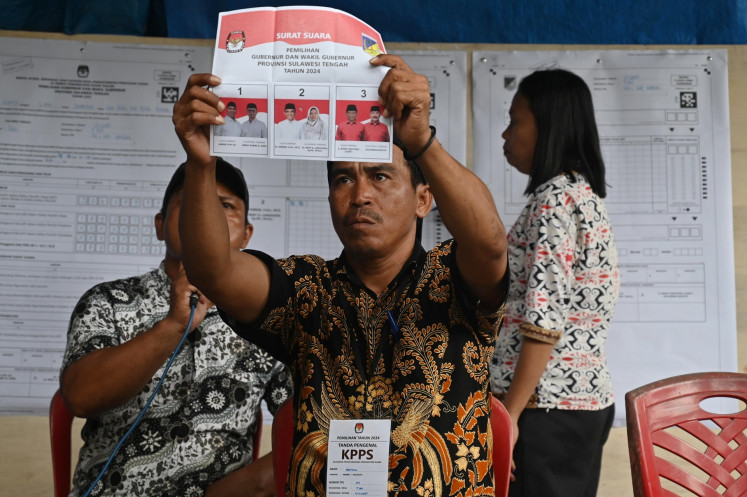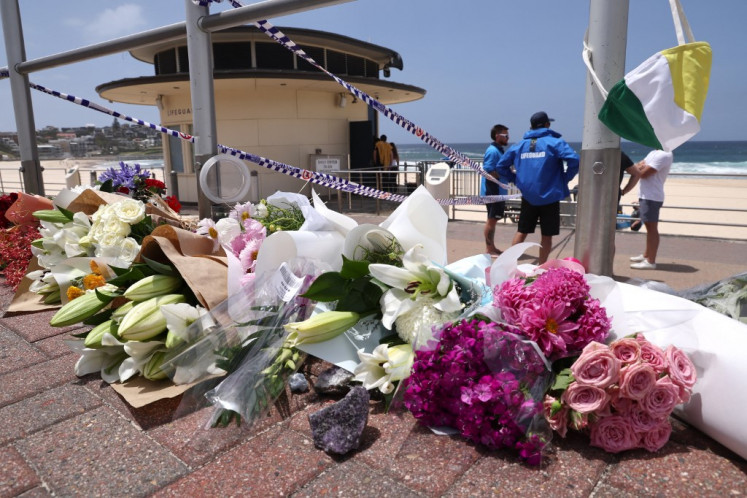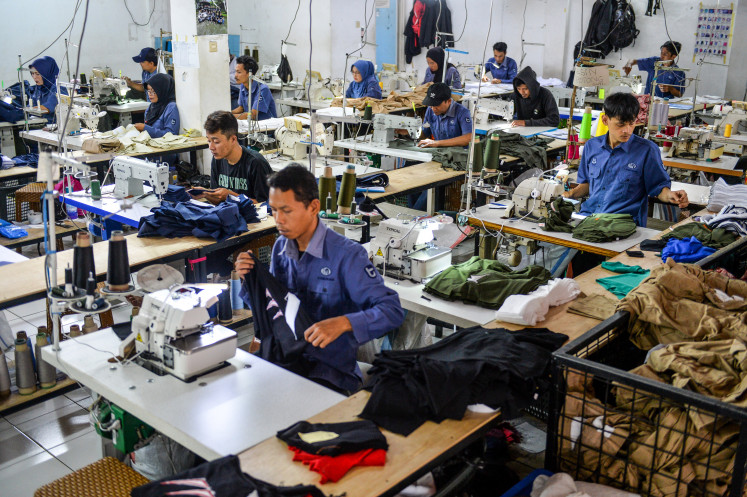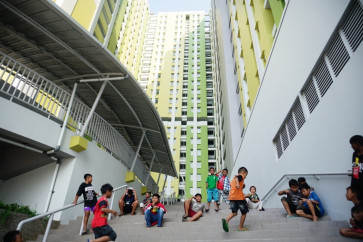Popular Reads
Top Results
Can't find what you're looking for?
View all search resultsPopular Reads
Top Results
Can't find what you're looking for?
View all search resultsAnalysis: Danantara to fund housing plan, shelving foreign loan talks
Change text size
Gift Premium Articles
to Anyone
P
ublic Housing and Settlements Minister Maruarar “Ara” Sirait took many by surprise when he announced that Daya Anagata Nusantara (Danantara) Investment Management Agency would finance one of President Prabowo Subianto’s flagship campaign promises: the construction of 3 million subsidized homes. Danantara has pledged a loan of Rp 8 trillion (US$ 138 million) for the project. With this move, earlier plans to finance the program through foreign loans were effectively shelved.
This sudden shift has sparked questions, especially considering that just a few months ago, the Housing Ministry had been in active negotiations with several multilateral lenders, including the World Bank, the Asian Development Bank (ADB), and the Asian Infrastructure Investment Bank (AIIB). These discussions were not merely exploratory; they had progressed significantly. In fact, the ADB had already offered a US$ 138 million loan in February to support the same housing initiative.
Danantara’s unexpected role in the program also raises concerns about the agency’s consistency with its mandate. As Indonesia’s sovereign wealth fund, Danantara was created to generate long-term financial returns for the country. Although it had been suggested that the agency might take part in strategic development efforts, subsidized housing—while socially beneficial—is not a wealth-generating investment.
This isn't the first time Danantara has been used to finance politically sensitive initiatives outside of the usual state budget process. Just last month, the agency injected capital into two troubled state-owned enterprises: flagship airline Garuda Indonesia and construction firm Wijaya Karya (WIKA). Both companies are mired in financial distress—Garuda continues to grapple with the aftermath of its debt restructuring, while WIKA is plagued by severe cash flow issues tied to stalled infrastructure projects. Rather than addressing these problems through transparent fiscal channels and legislative oversight, the government turned to Danantara, effectively using it as a financial shortcut that sidesteps parliamentary scrutiny.
Initially, the subsidized housing program garnered strong public support, particularly during the presidential campaign. However, recent unveilings of prototype homes have triggered disappointment. One of the mock-ups, developed by Lippo Group and showcased in South Jakarta, was widely criticized for its cramped size, with a building area of just 14 square meters.
The Housing Ministry is expected to finalize a minimum building size of 18 square meters for its housing program, according to a leaked draft of a ministerial decree. This marks a significant reduction from earlier plans. Under the ministry’s previous decree No. 689/KPTS/M/2023, the minimum requirements were set at a 60-square-meter land plot and a 21-square-meter building area. In the leaked draft, these figures have been revised down to just 25 square meters for the land and 18 square meters for the building.
When asked about the reduced size on June 2, Minister Ara responded optimistically, stating, “I don’t think it (the size of the homes) would disadvantage anyone. I’m optimistic this policy will be received well.”

